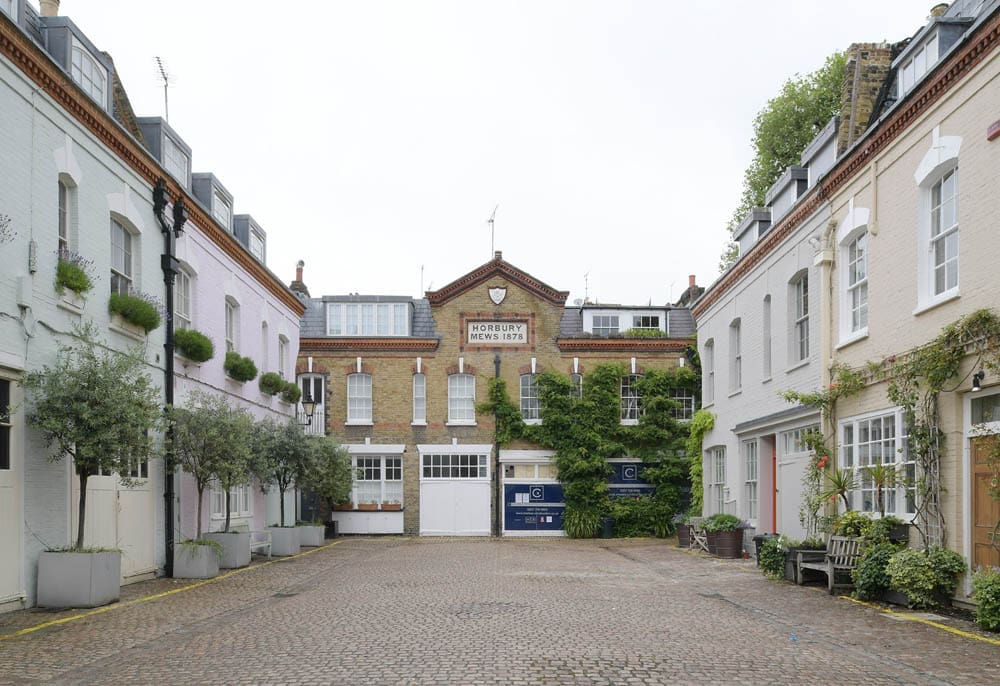
How Ultra Clear Vacuum Glass Transforms Historic Buildings
Historic buildings hold great architectural and cultural significance. Preserving these structures while incorporating modern advancements is essential for their longevity. […]
Historic buildings hold great architectural and cultural significance. Preserving these structures while incorporating modern advancements is essential for their longevity. One innovation making a significant impact is ultra clear vacuum glass, which offers enhanced clarity and thermal performance. In this blog, we explore the key benefits of ultra clear vacuum glass and why its unmatched transparency is vital for historic buildings.
What Is Ultra Clear Vacuum Glass?
Ultra clear vacuum glass is a high-performance type of vacuum-insulated glazing (VIG) that boasts superior transparency and minimal colour distortion compared to standard glass. It achieves this through the use of low-iron materials, significantly reducing the greenish tint often seen in traditional glazing. This allows a clear, true-to-life view while maintaining strong thermal insulation, crucial for heritage preservation.
Why Is Clarity So Important in Historic Buildings?
How Does Ultra Clear Glass Help Preserve Architectural Features?
Historic buildings often feature intricate designs and craftsmanship that should be appreciated clearly. Ultra clear vacuum glass provides unobstructed views, allowing these architectural details to be seen as intended, preserving the building’s charm and historical integrity.
Does Ultra Clear Glass Improve Natural Lighting?
Yes, this type of glass enhances natural light transmission, making interiors brighter and more inviting. In historic buildings, the ambiance and lighting are integral to their character. Ultra clear vacuum glass ensures that natural light can fill these spaces without the need for excessive artificial lighting.
Key Benefits of Ultra Clear Vacuum Glass
How Does Ultra Clear Glass Offer Superior Clarity?
Ultra clear vacuum glass boasts a visible light transmittance of up to 83%, allowing more natural light to pass through. This enhances interior brightness and preserves the vibrancy of colours, both inside and outside the building, without the greenish tint typically associated with standard glazing.
Does It Still Provide Thermal Efficiency?
Yes, despite its exceptional clarity, ultra clear vacuum glass provides excellent thermal insulation, with a U-value of 0.4 W/m²K. This means it keeps indoor temperatures stable, reducing the need for heating or cooling, and improving the building’s energy efficiency while maintaining its historic aesthetic.
Can It Reduce Colour Distortion?
Traditional glazing can distort colours due to the presence of iron in the glass. Ultra clear vacuum glass, made from low-iron materials, eliminates this problem, ensuring that colours seen through the glass remain true to life, which is essential for maintaining the aesthetic integrity of heritage buildings.
Does Ultra Clear Glass Provide Noise Reduction?
In addition to its visual benefits, ultra clear vacuum glass offers strong sound insulation, with a weighted sound reduction index of 36dB. This minimises external noise, creating a peaceful environment within the building.
Is Ultra Clear Glass Low Maintenance?
Yes, ultra clear vacuum glass is designed to last. Its vacuum-insulated design prevents internal condensation and reduces thermal stress, making it highly durable and low-maintenance. This is ideal for historic buildings, where frequent maintenance can be disruptive.
Real-World Uses of Ultra Clear Vacuum Glass
How Do Heritage Homes Benefit from Ultra Clear Glass?
Many heritage homes have been retrofitted with ultra clear vacuum glass to allow more natural light inside while maintaining unobstructed views of their stunning architecture. The improved clarity also allows residents to appreciate the intricate details of their homes while enjoying modern comfort.
Can Ultra Clear Glass Enhance Educational Buildings?
Historic libraries and educational institutions benefit greatly from ultra clear vacuum glass. It brightens learning spaces, enhancing natural light while preserving the original architectural charm. The reduced colour distortion ensures that these spaces remain inspiring and functional.
Conclusion: Why Ultra Clear Vacuum Glass Is Essential for Historic Buildings
Ultra clear vacuum glass is a ground breaking solution for modernising historic buildings while preserving their beauty. Its exceptional clarity, colour accuracy, and thermal performance make it the perfect choice for heritage projects. By selecting ultra clear vacuum glass, you protect both the architectural integrity and energy efficiency of these cultural treasures, ensuring that they remain vibrant and sustainable for future generations.